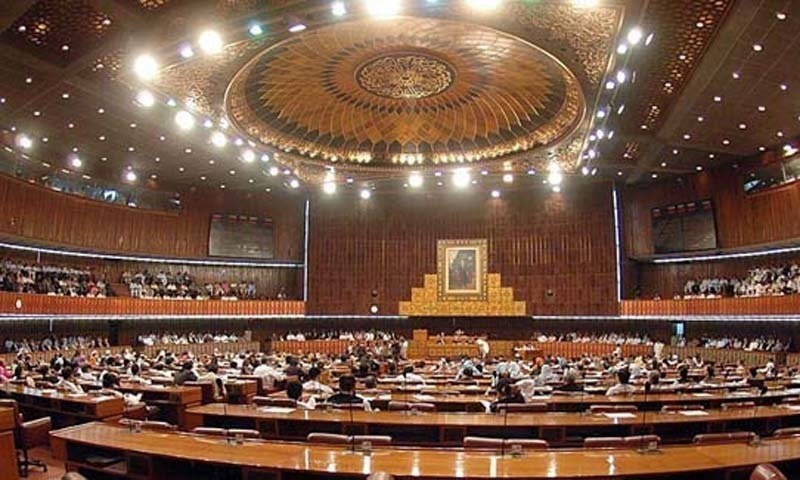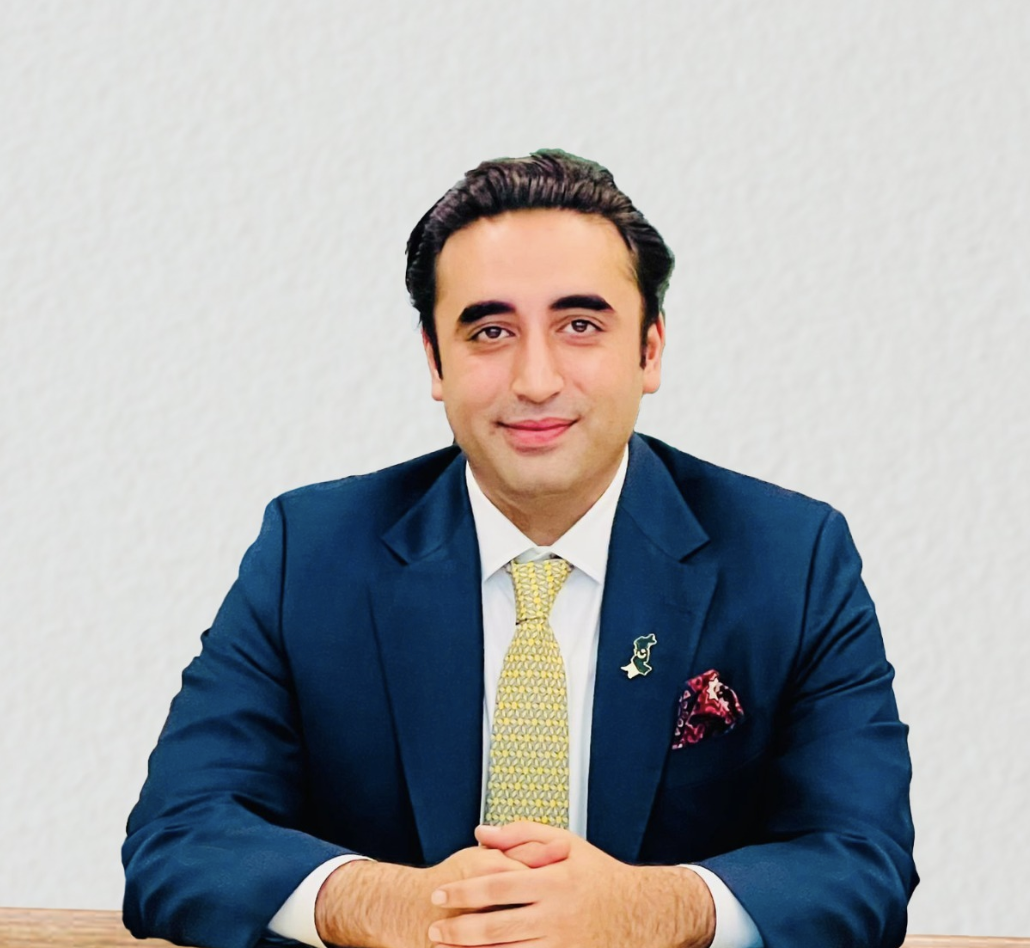Pakistan’s economy grew by 2.7% in the outgoing fiscal year 2024-25, falling short of the 3.6% GDP growth target, according to the Economic Survey 2024-25 presented by Finance Minister Muhammad Aurangzeb on Monday. The survey reflects a slow but steady recovery, amid ongoing structural reforms and fiscal adjustments.
Breaking down the numbers, the agriculture sector posted a sluggish 0.56% growth, with major crops declining by 13.5%. The industrial sector grew by 4.77% and services by 2.91%, contributing to the overall modest expansion. Aurangzeb acknowledged that had the agriculture sector met expectations, GDP growth could have aligned closer to the original target.
Despite the shortfall, Aurangzeb described the trajectory as a “gradual and sustainable recovery.” He cautioned against repeating the boom-and-bust cycles of the past and emphasised maintaining macroeconomic discipline.
The size of the economy expanded from $372 billion to $411 billion, while inflation fell sharply from 29% to 4.6%. Aurangzeb credited this to effective monetary tightening, and noted a significant debt servicing saving of Rs800 billion to Rs1 trillion due to falling interest rates.
He reported positive signs in external accounts. Current account balance recorded a $1.9 billion surplus, compared to a $1.3 billion deficit in the previous fiscal. Exports grew 7%, driven by IT exports hitting $3.1 billion, while imports rose by 11.7%, mostly due to increased import of machinery (16.5%) and transport (26%)—a development deemed positive for industrial and agricultural revival.
Remittances remained strong, exceeding $31 billion, with Roshan Digital Account (RDA) investments crossing $10 billion across 814,000 accounts. Tax efforts also showed promise, as the number of filers doubled to 3.7 million, and high-value filers increased by 178%.
Aurangzeb also highlighted structural reforms, including in energy, where a Rs1.27 trillion circular debt resolution was signed with banks. He reaffirmed the government’s commitment to privatisation with renewed energy, and to restructuring the debt management office to meet global standards.
Notably, Pakistan’s debt-to-GDP ratio declined from 68% to 65%, and the tax-to-GDP ratio reached a five-year high, reflecting a renewed focus on fiscal sustainability.
The National Economic Council (NEC) approved a 2.7% GDP growth rate for FY25 and projected 4.2% for FY26, with an overall development outlay of Rs3.483 trillion. Of this, Rs1.1 trillion will be spent by the federal government, and Rs2.383 trillion by provinces.
Pakistan’s fiscal deficit dropped to 2.6% of GDP, and the primary balance remained positive at 3% of GDP. Aurangzeb concluded that Pakistan is on the right path, but “needs to fundamentally change its economic DNA” through long-overdue structural reforms.
The Federal Budget 2025-26 is expected to be unveiled on June 10, following a revised schedule. The Economic Survey, meanwhile, serves as a pre-budget roadmap, offering critical insights into Pakistan’s economic health and challenges.

















